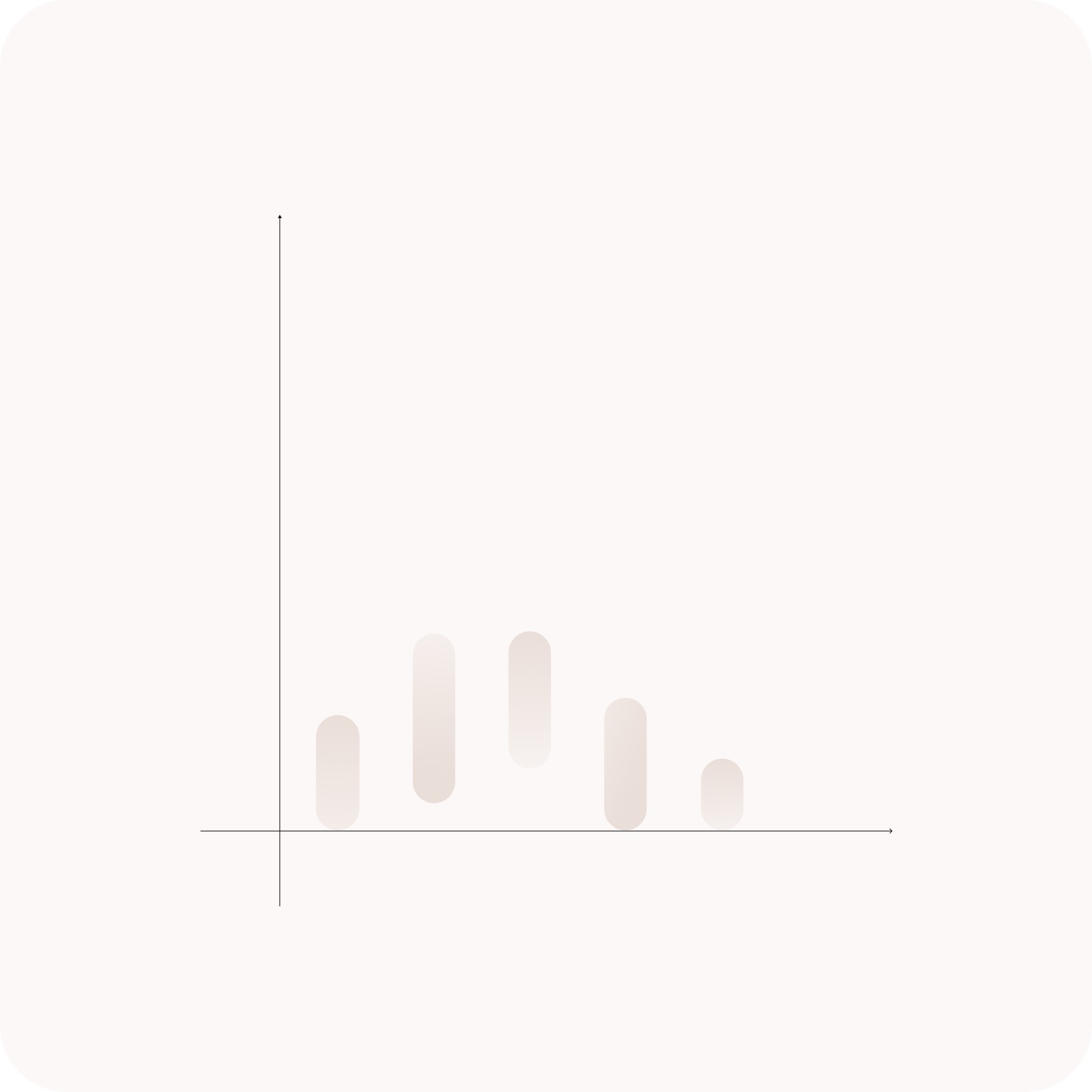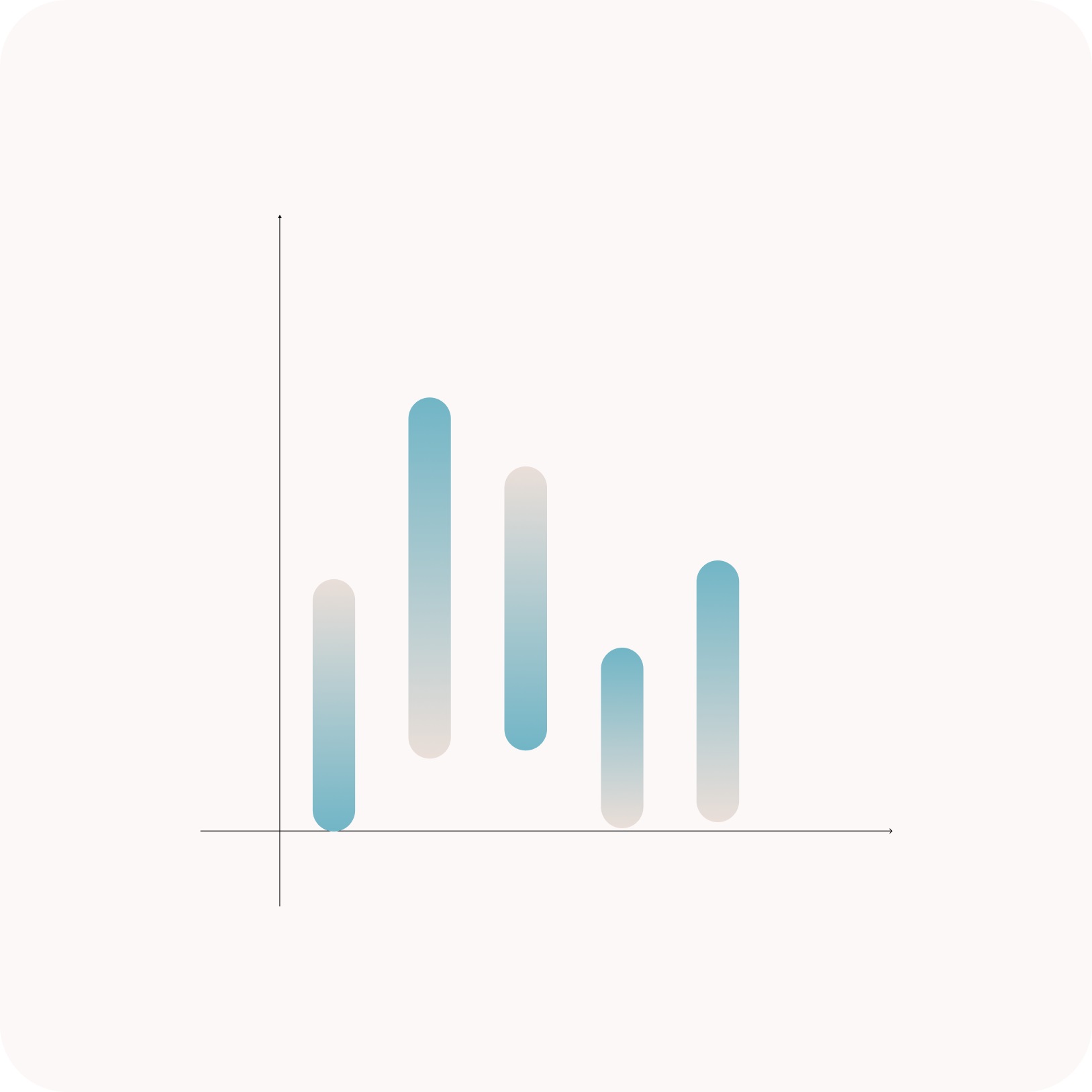Relating emotional variability to emotional wellbeing

Have you ever thought about how different your experienced emotions are from one another? Or have you considered whether it is okay for your emotions to range from one extreme to another, or perhaps, not to change daily? The short answer is… yes, that is all very natural and even can be measured.
What is emotional variability?
Emotional variability is one’s tendency to oscillate between different emotions over two dimensions – you can either fluctuate between unpleasant and pleasant emotions (Pleasantness dimension) and between feeling exhausted and energetic (Energy dimension). In other words, it reflects the ability to flexibly switch between a broad range of ‘positive’ and ‘negative’ emotions from moment to moment during interactions, say psychologist Van der Giessen and colleagues. Two people could be very similar in terms of their overall emotion levels, e. g. the occurrence of positive emotions, but quite different from one another in their variability, with one person fluctuating very little around their average level and the other fluctuating a lot.

Emotional variability and emotional clarity: different perspectives
Two different perspectives exist on emotion variability.
1. One approach suggests that excessive variability is associated with challenges to mental well-being. For example, frequent and intense fluctuations in ‘negative’ emotions can indicate psychological instability and mental challenges like increased depressive symptoms and anxiety. Research reveals that the severity of depression and social anxiety symptoms are associated with higher emotional variability in a clinical sample (Thompson, Boden and Gotlib, 2018). Using these insights, recent mindfulness-based treatments focus on decreasing variability in ‘negative’ emotions alongside other goals.

On the other hand, emotional clarity is the extent to which individuals can unambiguously identify, name, and mentally represent the type (e.g., sadness, nervousness) and cause of their emotions. Higher emotional clarity contributes to greater consistency in identifying and naming the emotions experienced and their potential sources.
Research shows that emotional variability and emotional clarity are inversely interlinked: higher emotional variability means lower emotional clarity. For example, when we are experiencing a wide range of emotions at once, and they keep changing, it is much harder to tell what feelings you are experiencing than when you are feeling one emotion at a time. Therefore, cultivating emotional awareness and developing regulation skills can help increase your emotional clarity and in turn reduce excessive emotional variability.

2. In contrast, a second perspective suggests that higher variability may lead to improved psychological wellness. For example, emotional flexibility — the ability to respond flexibly to ever-changing circumstances — shows that one has emotional resilience and can handle emotions in a healthy manner. Moreover, higher variability in physiological stress levels (measured by cortisol level and responses to daily triggers) is associated with better psychological adjustment.
Finally, greater variability may render emotional experiences themselves in a more adaptive light. For example, immersing in pleasant emotional experiences (e. g., listening to a favorite song) intensifies appreciation and enjoyment of the next moment.
What is the meaning of emotional variability to one's well-being?
Knowing your emotional variability range can contribute to your overall emotional awareness. For example, excessive emotional variability may be evident primarily during social interactions, meaning that the foundation of it might be linked to how you perceive the process of creating relationships with other people (e. g. feeling anxious around others or maybe just around strangers, etc.). Or it may also be characteristic of you, meaning you’re just a more introverted person. Higher emotional variability may also occur during rumination (excessive thinking about one thing), according to research. Knowing this, awareness of your emotional range might help you spot when you’re starting to ruminate and find a distraction (e. g. exercise or meditate), breaking the maladaptive thought cycle and activating self-care.
We have also identified certain clues on how to spot burnout early. High emotional variability, people typically swaying from one emotion extremum to the other (from stressed to exhausted every day, from ecstatic to pessimistic), might be one of them. Burnout impacts self-awareness – therefore, it’s difficult to spot it early enough yourself. But if you continuously track your emotions and emotional range – it can be easier to spot the onset by knowing what is (un)usual to you.
Remember, a specific range of emotions is not a goal in itself – it is just important you understand your range and why it is the way it is. After all, emotions are dynamic, and your variation of emotional states – positive and negative ones – is part of a balanced mental life.
Want to learn more about emotional well-being? Reach out to our team and get a free consultation now.